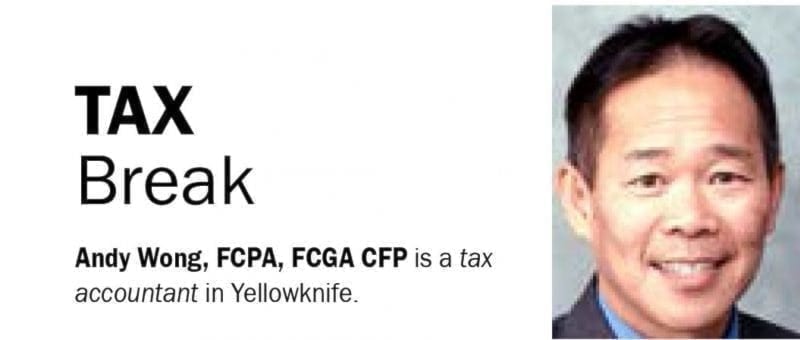At this time of the year, there are two types of taxpayers. Those who have filed their 2017 tax returns on time, and those who are late. The late group may be hit with a late-filing penalty of up to 50 per cent of taxes owing. Fortunately, there are no late-filing penalties if you late-filed your tax return with a refund because a late-filing penalties is calculated as a percent of taxes owing.
You may not be out of the penalty zone just because you filed your 2017 tax return on time. If you come across late or missing income slips such as the T4, T5, T3, T4A or T4RSP slips, you could be hit with a stiff penalty of up to 20 per cent of unreported income if you ignore them. The Canada Revenue Agency (CRA) will impose a failure-to-report-income penalty if you repeatedly failed to report income of $500 or more, within a four-year period.
Here is how you can get broadsided by this penalty. Say you had missed reporting interest or dividend income (T5 or T3 slip) of $600 on your 2014 tax return. The CRA will find it during its annual Matching program which runs between September and March. The CRA sophisticated computers compare information on your return with information provided by third parties like your employer, banks or investment firms. Your tax return will be reassessed. That’s financially inconsequential since your only additional cost are the interest charges on the late tax payment. More significantly, you are tagged with a first failure-to-report-income offence because the income omission was greater than $499.
It is a repeat offence, during any of the next three years (2015-2017), that will net you this stiff penalty of up to 20 per cent of income omitted.
Here is what I see all too commonly. You cashed out, say, $10,000 of your Registered Retirement Saving Plan funds to get through a financial pinch during 2017. Taxes were withheld by the financial institution and you honestly thought your taxes on the RRSP withdrawal were all paid up. Hence you failed to report the RRSP income on your 2017 tax return. The omitted income will be uncovered during the CRA’s Matching. That’s when you will pay the additional taxes, interest charge and the ‘failure to-report-income’ penalty of up to 20 per cent of the omitted RRSP income. The penalty is a complex mathematical formula involving confounding terms such as lesser of, in respect of, percentages and is dependent on the type of income omitted, which is beyond explaining in this article.
The CRA is required to apply this penalty rigidly. The law clearly states a taxpayer is on the hook if income is omitted in the year and there was income-omission in any of the previous three years if both omissions involve incomes of $500 or more. The CRA does have the discretion, afterwards, to forgive the penalty if you ask. But don’t count on it. The CRA is not in the business to forgive unless a natural disaster such as an earthquake or a flood, or a severe medical condition, prevented you from meeting your tax filing obligations.
The best way to dodge this penalty is not to offend in the first place. Promptly submit any missed T4, T5, T3, T4A or T4RSP income slip by using the tax adjustment Form T1-ADJ. The reassessment will not count as a failure-to-report-income offence, regardless of the dollar amount involved, if you tagged the CRA before you are tagged.
